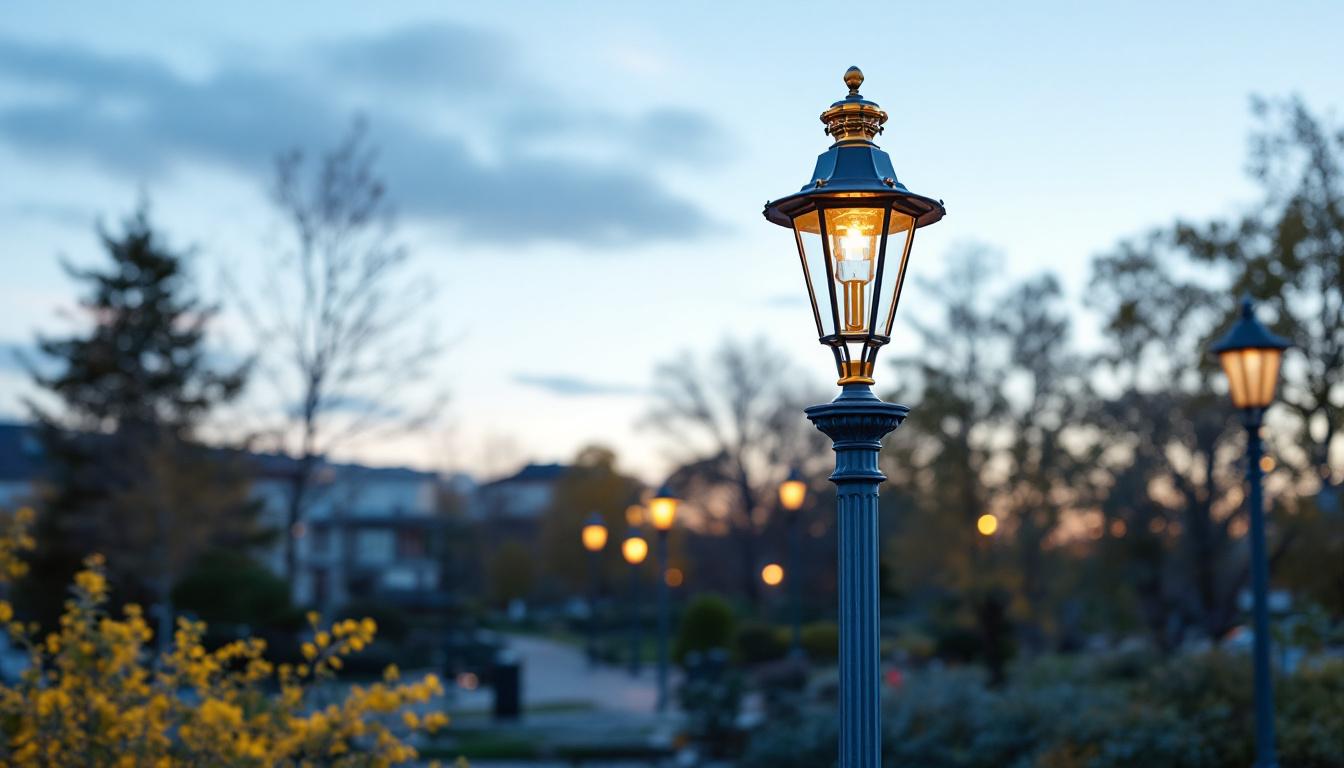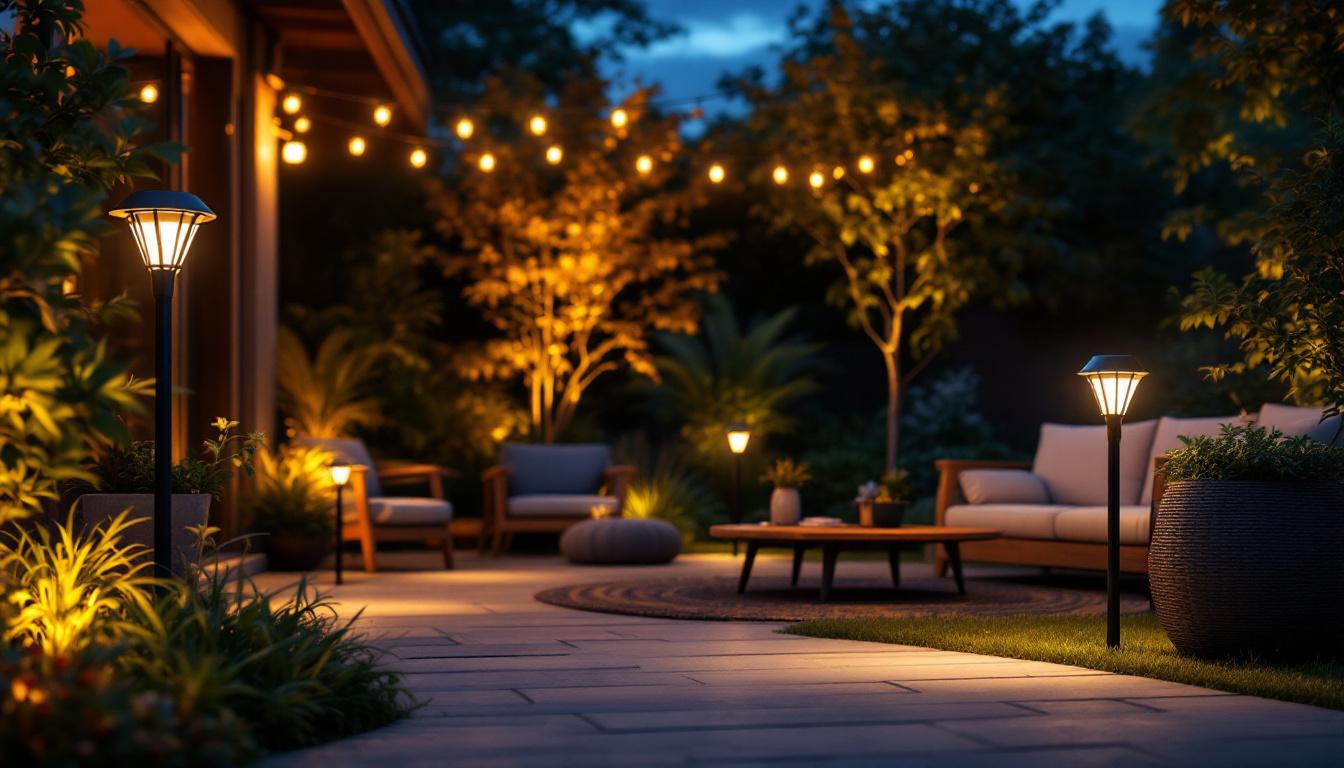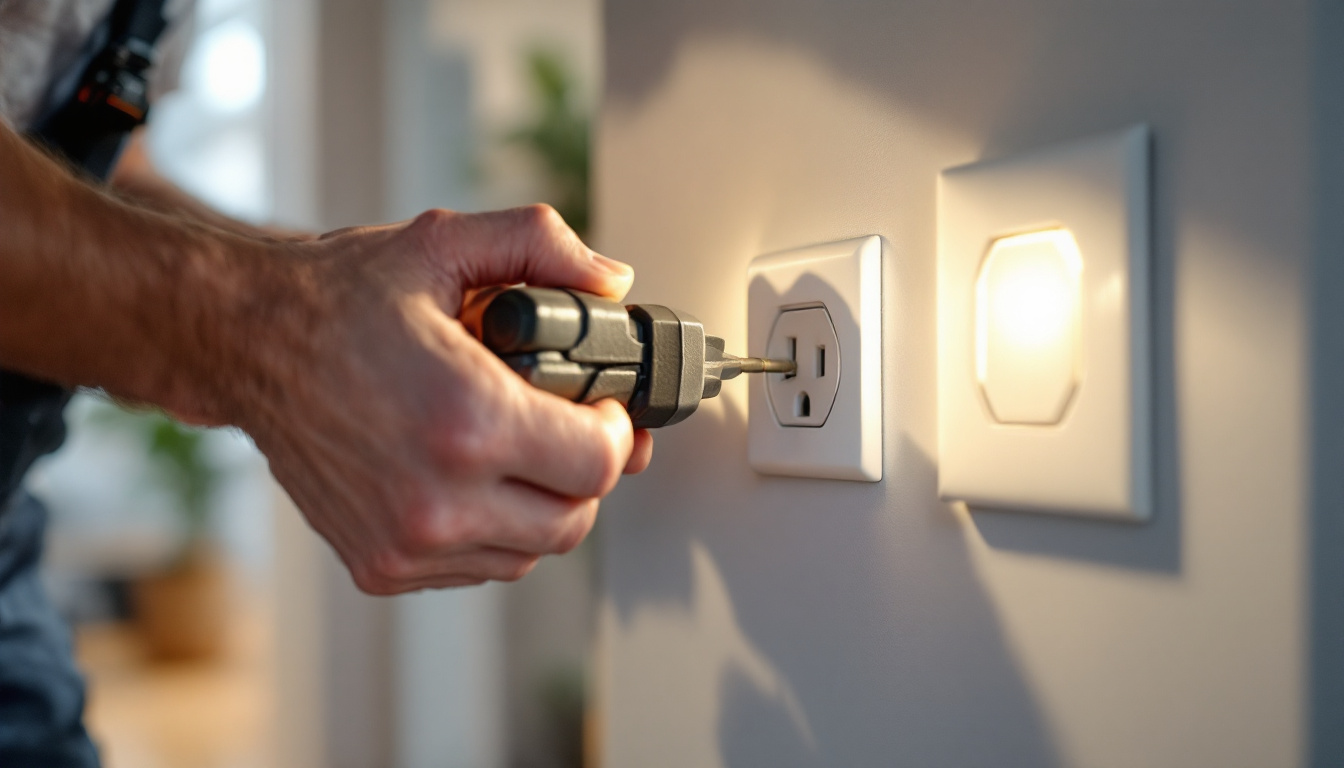
Lighting contractors face a myriad of choices when selecting lamp posts for outdoor and urban lighting projects. Among the options available, metal lamp posts have long been a staple due to their durability, aesthetic versatility, and functional benefits. However, with advancements in materials and design, alternatives such as fiberglass, composite, and plastic lamp posts have gained traction. Understanding the strengths and limitations of metal lamp posts compared to these alternatives is crucial for contractors aiming to deliver reliable, cost-effective, and visually appealing lighting solutions.
This article explores the key considerations lighting contractors should evaluate when choosing between metal lamp posts and other materials. It delves into factors such as durability, maintenance, cost, environmental impact, and installation, providing a comprehensive guide to inform decision-making.
One of the standout features of metal lamp posts is their ability to withstand harsh weather conditions, making them particularly suitable for urban environments where exposure to the elements can be significant. For instance, galvanized steel and aluminum lamp posts are often treated with protective coatings to prevent rust and corrosion, extending their lifespan and reducing the need for frequent replacements. This durability not only ensures long-term performance but also translates to lower maintenance costs over time, a critical consideration for municipalities and contractors managing tight budgets.
Moreover, metal lamp posts offer a classic aesthetic that can complement a variety of architectural styles, from historic districts to modern urban landscapes. The ability to customize finishes and designs allows contractors to create cohesive lighting schemes that enhance the overall ambiance of a space. Additionally, the integration of smart lighting technology into metal lamp posts is becoming increasingly popular, enabling features such as dimming, motion sensors, and remote control capabilities. This not only improves energy efficiency but also enhances safety and security in public areas, making metal lamp posts a forward-thinking choice for contemporary lighting projects.
One of the primary reasons metal lamp posts remain popular is their exceptional strength and structural integrity. Metals such as steel and aluminum offer high resistance to physical impacts, wind loads, and harsh weather conditions. Steel, in particular, is known for its robustness, making it suitable for areas prone to vandalism or extreme environmental stress.
Aluminum, while lighter than steel, provides excellent corrosion resistance, especially when treated with powder coatings or anodizing. This makes aluminum lamp posts ideal for coastal or humid environments where rust and corrosion are significant concerns. The longevity of metal lamp posts often surpasses that of alternatives, with many installations lasting several decades with minimal structural degradation. Additionally, the ability to easily repair or replace components of metal lamp posts enhances their overall lifespan, making them a cost-effective choice in the long run. Regular maintenance, such as inspections for wear and tear, can further extend their functional life, ensuring they remain a reliable source of illumination for years to come.
Fiberglass and composite lamp posts offer good resistance to corrosion and are lighter than metal options, which can simplify transportation and installation. However, their structural strength typically does not match that of steel or aluminum. While composites can withstand moderate impacts and weathering, they may be more susceptible to cracking or fading over time, especially under prolonged UV exposure. This can lead to aesthetic concerns, as the vibrant colors and finishes of fiberglass can diminish, impacting the overall visual appeal of the installation.
Plastic lamp posts, often reinforced with fiberglass, are generally less durable and are better suited for low-impact, decorative applications rather than high-traffic or high-stress environments. They are frequently used in parks, gardens, and residential areas where the risk of damage is minimal. However, advancements in material technology are continuously improving the performance of these alternatives, leading to innovations that enhance their durability and resistance to environmental factors. As a result, while metal remains the preferred choice for heavy-duty applications, fiberglass and composite materials are carving out their niche in settings where weight and corrosion resistance are prioritized without compromising too much on strength.
Maintenance is a critical factor for lighting contractors, as it affects the total cost of ownership and client satisfaction. Metal lamp posts, particularly those made of steel, require periodic maintenance to prevent and address corrosion. This typically involves repainting or recoating every few years to maintain protective barriers against environmental elements.
Aluminum lamp posts demand less frequent maintenance due to their inherent corrosion resistance. However, they may still require cleaning and occasional touch-ups to preserve their aesthetic appeal. Importantly, metal posts often allow for easier repair of dents or surface damage compared to composite materials.
Fiberglass and composite posts generally require less frequent maintenance as they do not rust and are resistant to many chemicals. Their surfaces can be cleaned easily, and coatings often last longer without peeling or chipping. However, when damage does occur, repairs can be more complex and costly, sometimes necessitating complete replacement.
Plastic lamp posts tend to degrade faster under UV exposure and may become brittle, leading to higher replacement rates over time. Contractors should weigh these factors against initial savings when considering alternatives.
Metal lamp posts generally come with a higher initial price tag compared to fiberglass or plastic alternatives. The cost of raw materials, fabrication, and protective coatings contribute to this premium. Steel posts, especially those with decorative elements or custom finishes, can be particularly expensive.
However, the investment often pays off through extended service life and lower frequency of replacement. For projects with long-term horizons or high usage, metal lamp posts can offer superior value.
Fiberglass and composite lamp posts typically have lower upfront costs, making them attractive for budget-conscious projects or temporary installations. Their lightweight nature can reduce shipping and installation expenses as well.
Nevertheless, contractors should consider potential hidden costs such as more frequent replacements, repairs, or aesthetic degradation. Over a typical lifespan, these factors may offset initial savings, particularly in demanding environments.
Metal lamp posts, especially those made from steel and aluminum, have a significant environmental footprint during manufacturing due to energy-intensive extraction and processing. However, metals are highly recyclable, and many lamp posts incorporate recycled materials, reducing their net environmental impact.
Furthermore, the durability and longevity of metal posts mean fewer replacements and less waste over time. Lighting contractors committed to sustainable practices often prioritize metal lamp posts with recycled content and environmentally friendly coatings.
Fiberglass and composite materials generally require less energy to produce but are often not recyclable, leading to concerns about end-of-life disposal. Their lightweight nature reduces transportation emissions, but the environmental cost of frequent replacements can accumulate.
Plastic lamp posts, while inexpensive, pose significant sustainability challenges due to their reliance on fossil fuels and difficulty in recycling.
Metal lamp posts offer unmatched versatility in design, enabling contractors to meet diverse architectural and urban planning requirements. They can be fabricated into intricate shapes and styles, from traditional Victorian designs to sleek, modern profiles. Powder coating technology allows for a wide range of colors and finishes, enhancing visual appeal and integration with surroundings.
Additionally, metal posts can support heavier lighting fixtures and accessories, expanding options for functional and decorative lighting.
Fiberglass and composite posts are often molded into standard shapes and sizes, limiting customization. While they can be painted or finished to mimic metal, the textures and detailing are usually less refined. Plastic posts are mostly confined to simple, utilitarian designs.
For projects where aesthetics play a crucial role, metal lamp posts remain the preferred choice.
The weight of metal lamp posts can present challenges during transportation and installation, requiring specialized equipment and skilled labor. Steel posts, in particular, may necessitate cranes or forklifts for positioning, increasing project complexity and costs.
However, the rigidity and stability of metal posts often simplify alignment and anchoring during installation, contributing to long-term reliability.
Fiberglass and composite lamp posts are significantly lighter, allowing for easier handling and faster installation. This can reduce labor costs and project timelines, especially in remote or difficult-to-access locations.
Plastic posts are the easiest to handle but may require additional care to avoid damage during installation.
Lighting contractors must ensure that lamp posts meet local safety codes and industry standards. Metal lamp posts often comply with stringent requirements for wind resistance, structural load, and electrical grounding. Their conductive nature facilitates proper grounding, which is essential for electrical safety.
Furthermore, metal posts can be engineered to withstand vehicle impacts, an important consideration in urban and roadside environments.
Non-metal lamp posts may require additional grounding solutions or reinforcement to meet safety standards. Their lower impact resistance can pose risks in high-traffic areas, necessitating careful site assessment before selection.
For lighting contractors, selecting the appropriate lamp post material is a multifaceted decision that balances durability, maintenance, cost, aesthetics, environmental impact, and safety. Metal lamp posts, particularly those made from steel and aluminum, offer superior strength, longevity, and design flexibility, making them ideal for a wide range of applications, from urban streetscapes to commercial developments.
While alternatives like fiberglass and composite posts provide advantages in weight and initial cost, their limitations in durability and customization may restrict their suitability for certain projects. Plastic lamp posts, though economical, are generally best reserved for decorative or temporary uses.
Ultimately, lighting contractors should assess project-specific requirements, environmental conditions, and client priorities to determine the most effective lamp post solution. Investing in quality metal lamp posts often results in lower lifecycle costs, enhanced safety, and greater client satisfaction, reinforcing their status as a preferred choice in professional lighting installations.
Ready to elevate your lighting projects with the best in metal lamp posts and more? Look no further than LumenWholesale, where we provide contractors with the highest quality, spec-grade lighting products at unbeatable wholesale prices. Say goodbye to inflated markups and hello to a vast selection of lighting solutions that meet the highest industry standards. With LumenWholesale, you can enjoy the convenience of bulk buying with free shipping, ensuring you get premium lighting at the best value — every time. Don’t compromise on quality or price. Discover wholesale lighting at the best value today and light up your projects with confidence and affordability.

Illuminate your outdoor spaces efficiently with our comprehensive guide on the best commercial solar lights.

Discover why LED light poles are transforming the landscape for lighting contractors.

Discover how investing in quality outlet boxes and covers can enhance efficiency, safety, and profitability for lighting contractors.

Discover why purchasing high bay occupancy sensors in bulk from local distributors might not be the best choice.